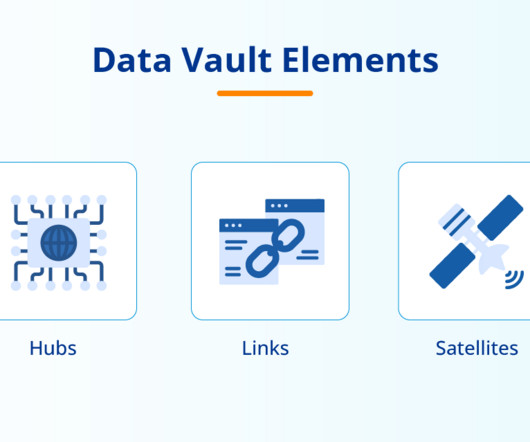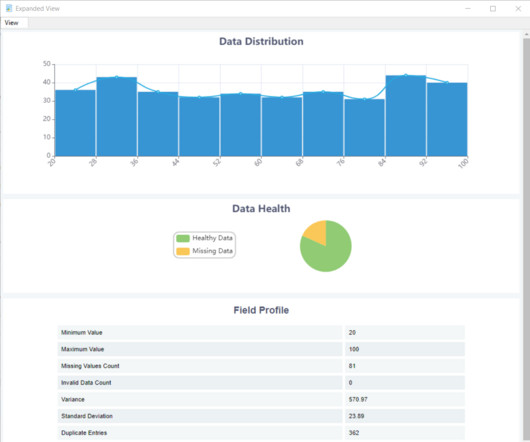Data Modeling: Techniques, Best Practices, & Why It Matters?
Astera
FEBRUARY 1, 2024
Data modeling is the process of structuring and organizing data so that it’s readable by machines and actionable for organizations. In this article, we’ll explore the concept of data modeling, including its importance, types , and best practices. What is a Data Model?












Let's personalize your content